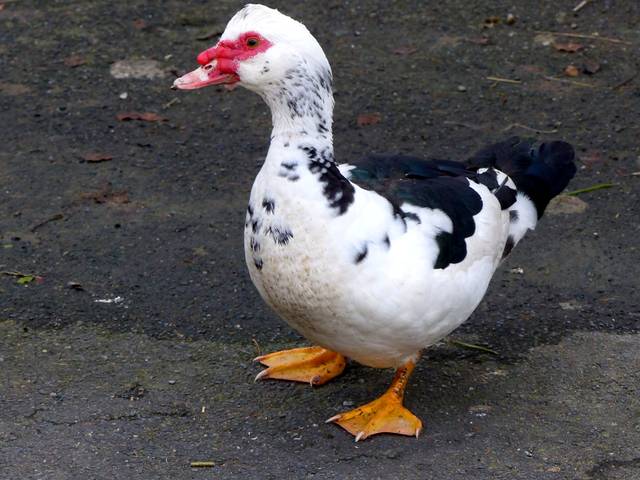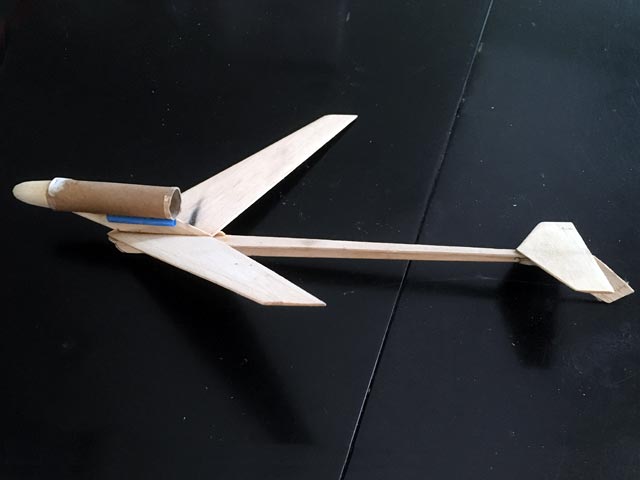Normally you would be correct, but I just cut the canard off, sanded in a SWAG angle (I am guessing somewhere between 3 degrees and 5 degree), and I will recut the forward CANARD, this time using 1/16” balsa (recycled from some of my previous helicopter rockets) which will cut down weight a bit (which should help since it is already nose heavy), and see how it flies.
I theeeeenk there must be some limits as
@georgegassaway suggests on the maximum amount of negative incidence you can put on a ROCKET glider, although I am unsure if it is different than a boost glider. For distinction, if have appended the difference at the end of this post
The GLIDER phase of flight may be able to tolerate and indeed require a certain amount of negative canard relative to wing incidence.
@georgegassaway commented that the canard needs to stall before the wing to work. PERFORMANCE wise (efficient glider flight) you likely want as little off-incidence as possible because it adds drag. For me, not an issue, I fly a medium field, I just like my gliders to come down without damage and not head over the fence.
I am not sure if off-incidence is as much of an issue for pop pod boost gliders as it is Rocket gliders, but too much (and I am thinking much over 3 degrees might BE too much) is gonna throw off the boost and make it do a half loop right into the ground. Ideally you want ZERO off-incidence on boost, mainly as it potentially (or at least intuitively) throws off a straight vertical flight. The additional drag (at least for a non-competition bird) really isn’t too much of an issue.
https://stason.org/TULARC/recreatio...fference-between-a-Boost-Glider-and-a-Ro.htmlWhat is the difference between a Boost/Glider and a Rocket/Glider?
In a Boost/Glider (referred to as a BG in the rest of the
FAQ), only a portion of the rocket as launched is required to
come down gliding. In a Rocket/Glider (RG), the entire model
remains in one piece, and the whole model glides down. BGs can
be higher performance because they do not have to carry the
dead weight of the motor while gliding down. But sometimes
that extra mass is helpful in trimming the model, and RGs have
the advantage of not having to chase multiple
pieces. Typically, this distinction is only important in NAR
competition, where these two classes are distinguished. An RG
is a legal entry in BG events, but a BG is not a legal entry
in RG events.










